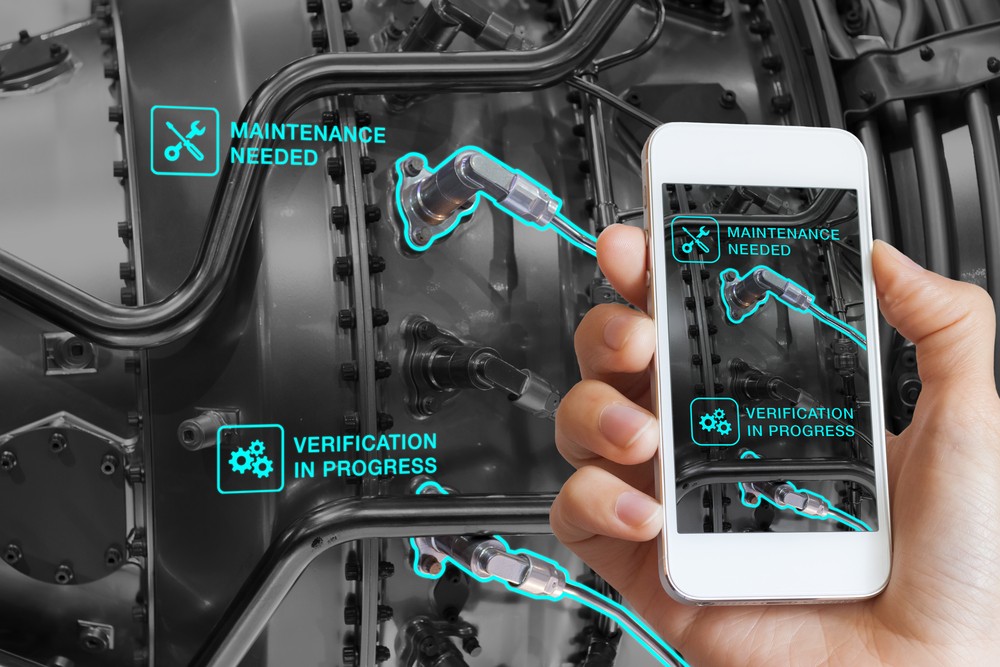Here’s What Manufacturing Jobs Will Look Like in 2040

Manufacturing gets more and more advanced with each passing month. Industrialists coined the ‘Fourth Industrial Revolution’ in 2015 and already we’ve made astonishing strides in terms of technology. Cloud computing powers digital industry like never before, Augmented Reality (AR) and Virtual Reality (VR) are on the cusp, and the likes of blockchain and edge computing aren’t far off.
The rapid ascent of digital manufacturing has changed the way industry functions. At the center of it all is an evolving workforce that’s quickly getting more cerebral. Today, robots do most of the work; humans program them and help them learn. It begs the question, what jobs will the workforce of the future hold if we’re already so digitally entrenched today?
A future of jobs that don’t exist yet
Twenty years ago, jobs like cloud systems analyst and human-machine interface (HMI) programmer didn’t exist. It’s feasible to think that the manufacturing jobs of 2040 don’t exist yet, either. Which begs the question: Where is the industry headed and what jobs will be borne on that trajectory? Some possibilities may include:
- AI handler. Artificial intelligence (AI) is nothing new, but it certainly has room to evolve. The AI of the future will surely be more robust, which will likely require a handler to provide instruction, gather feedback, and coordinate tasks. Much the same way factory floor workers report to a manager, AI systems will have their own managers to report to.
- VR/AR systems architect. As the digital plane becomes more tangible, manufacturers will adopt it as part of operations planning. It’s reasonable to think that someday soon entire assemblies and manufacturing processes will be built, tested, and iterated digitally, before they ever see fruition on the factory floor. Workers well trained in VR/AR systems will be in high demand.
- Systems automation advisor. Automation is another modern concept with a big runway. As automation becomes more complex, involving more systems and connected technologies, someone will need to step in and manage an increasingly robust network. Systems automation advisors will ensure point-to-point reliability and sound infrastructure from automated systems.
These examples illustrate not only a shift to more technological jobs within industry, but also the decreased role of manual labor. It goes without saying that as industry becomes more advanced, machines will burden more of the labor.

Growing demand for soft skills
The prospective manufacturing jobs of 2040 require no small amount of STEM education. But they’re also rooted in soft skills. Communication, problem-solving, adaptability, flexibility, and teamwork are valuable traits in an industry facing a lengthy evolutionary path over the next several decades. In an industry growing more digital, the human element is more important than ever before.
More job options
The three jobs listed above are mere examples of what the future of manufacturing may look like. The reality is much more broad, according to a new study by the Manpower group. The company outlines as many as 168 new positions likely to be in demand as manufacturing evolves. Examples include industrial cybersecurity specialists, enterprise digital ethicists, and collaborative robotics experts, among many others.
The focus of the report ― and the next generation of manufacturing workers ― is “a future in which digital technologies like artificial intelligence and augmented reality are commonplace in factories across the United States.” In the infancy of the Fourth Industrial Revolution, a comprehensive digital future isn’t far off and is far from implausible.